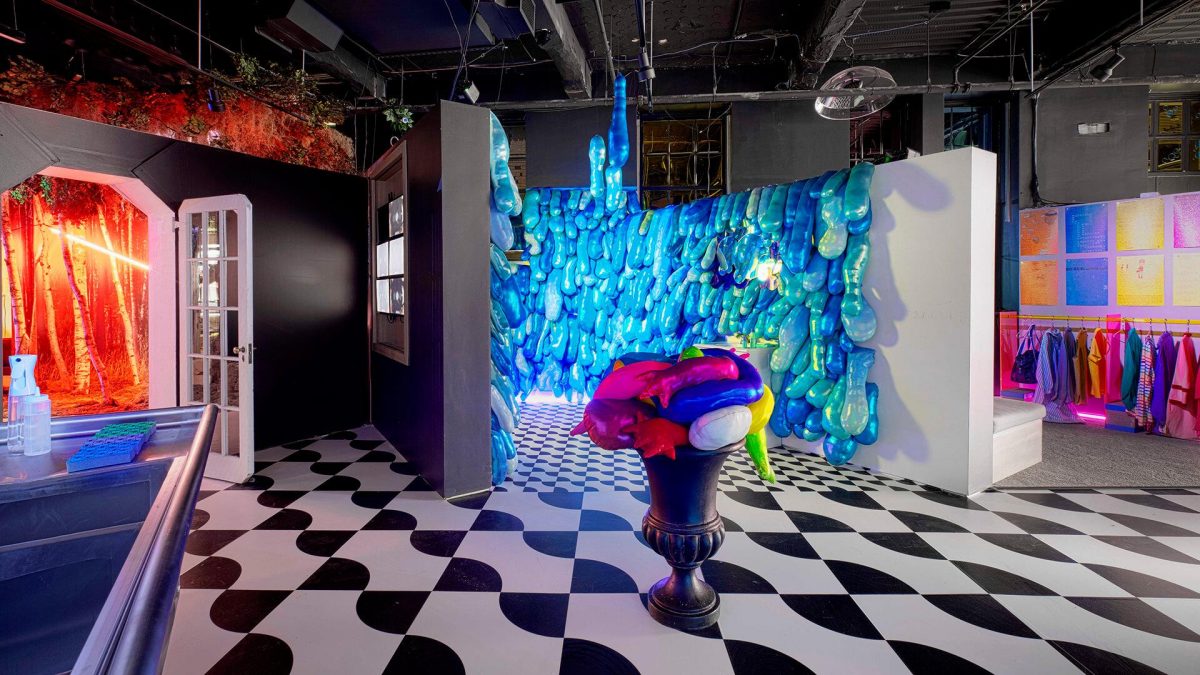NEW YORK CITY – Two recent events prove that the Instagram economy has some mileage in it yet, at least stateside. The creation of overt, maximalist interiors that score big on camera-friendly backdrops – if not on the traditional precepts of spatial design – remain both a crowd puller and, crucially, a lucrative business model.
First was the news that The Museum of Ice Cream (MIC), arguably the first venture to prove that you could do away with the pretence of any function beyond being a visual-first venue, plans to open a permanent location this autumn. The NYC space will cover 25,000 square feet (2,322 sq-m) over three floors. This follows the announcement that MIC’s parent company, Figure8, raised $40 million in series A funding in August, while MIC itself is valued at $200 million. That’s what happens when you create a pop-up with a 200,000-person waiting list. But the size of those figures is also the result of founders Manish Vora and Maryellis Bunn having worked out how to flip an events-based business (in which the space is the event) with massive social clout into a series of spinoff products and partnerships with the likes of Sephora and Target.




The House of Showfields installation integrates product displays within the context of theatrical performances and specially commissioned works of art.
This product-second strategy is also proving its worth for another New York newcomer in retailer Showfields. Opened at the end of 2018, its store aims to introduce customers to unexpected brands while helping small and early-stage businesses generate engagement. It does this by curating an experience-led platform on behalf of its suppliers, integrating their products into a wonderland-like environment far beyond what each would be capable of achieving alone.
This reached its ultimate expression in House of Showfields, a temporary multiroom installation that sits somewhere between art museum (there are bespoke commissions), immersive theatre and product showcase. Slides, neon, projection mapping, mismatched furniture and attendant actors, it’s all here. The effect is stagey, entirely unsubtle, more-than-a-little-bit-fun and it works. The Lab, a more traditional retail space situated at the end of the experience – and where you can actually buy the products you will have stumbled across in the preceding rooms – achieved a fourfold increase in sales in House of Showfields opening weekend compared with the average, while the rest of the store has seen a 33 per cent increase in footfall. Going for broke, at least in terms of spatial design, still seems to be a pretty direct route to revenue.
museumoficecream.com
showfields.com





